This article is produced by NetEase Smart Studio (public number smartman 163). Focus on AI and read the next big era!
[Netease Smart News, September 17] Nowadays, the integration of people's body and technology has far exceeded the imagination of us decades ago. The superhuman power, flexible body and incredible sensory abilities are no longer just the appearance of science fiction, they have already appeared in our real life.
Although sophisticated and cutting-edge technologies allow us to have the ability to peek into the future of humanity, these technologies are currently most useful to people with disabilities. Semi-mechanical technology can replace human limbs, organs, and body sensations that are lost or accidentally lost to humans. Sometimes it can even enhance the body's specific abilities and local functions.
Next, let's take a look at the most interesting examples of the current six robots. They show us how far humans have gone in this direction and how far we can go in the future.
| Identify colors with antennas
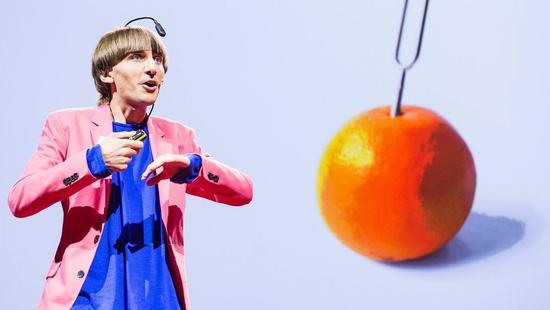
Neil Harbisson, an activist and artist, lost his ability to discern color by his very nature. In 2004, he decided to change this situation. Harbison mounted an electronic antenna on the back of the skull. These antennas convert the frequency of light into vibration, which the brain can then recognize as sound information, enabling him to “listen†to color. It is reported that these frequencies can even exceed the visual range of normal humans. Therefore, Habsen has an extraordinary "superpower" - can "hear" frequencies that others cannot hear, such as infrared rays and ultraviolet rays. In an interview with the National Geographic magazine, Harbison said: "The software and my brain, or the antenna and any other parts of my body, have become one part of my body. From a cybernetic point of view, This made me feel like a technical miracle in my own right.†However, the real version of “Teletubbie†Harbison’s physical transformation is not always accepted by the world. The Harbison’s passport with an antenna was questioned by the British government. However, Habison argued that the government would eventually agree to keep the antenna and he became the first legally recognized “semi-robotâ€.
Luke Arms (LUKE Arm)
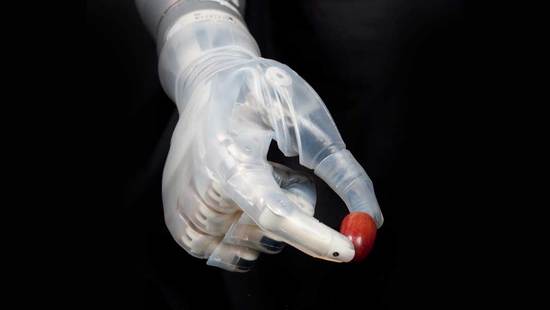
The "Luke" arm is a machine prosthetic that gives the wearer the same feeling as a normal arm. It is reported that the name of this prosthetic limb from the "Star Wars" series of movies with a robotic arm to replace the injured person - "Luke Skywalker" (Luke Sywalker). Luke's arm is equipped with a special motor that can simulate the resistance of outside things, thus helping the wearer to identify the type of object. The electronic sensor receives signals from the wearer's muscles and then helps the device perform physical movements. The wearer can control multiple joints through the foot switch. On May 11, 2014, the U.S. Food and Drug Administration approved its listing. The "Luke" arm complete system includes lithium batteries, motors and cables, which are the same size as ordinary people's arms, but have greater flexibility than ordinary prosthetics. Patients who have lost their arms through nerve grafting can use their own muscles to control the "Luke" arm, whether it is picking up grapes, coins, electric drills, or opening the door.
At the end of 2016, the first commercially available Luke arm was used by a small group of military amputees. Amputees can now purchase prostheses through their doctors, and it is reported that the device costs about $100,000.
| Artificial vision
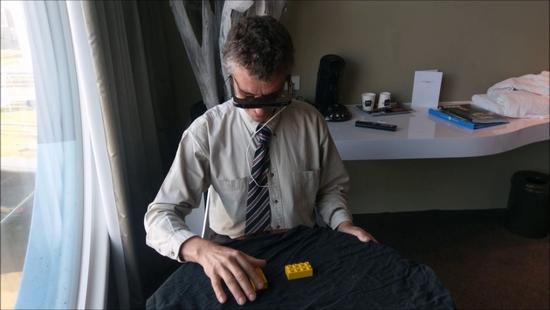
Artificial vision refers to the method of using the retina repair technology to implant an integrated circuit chip into the eye to help blind people recover their vision. Jens Naumann was fortunate enough to be the first person in the world to install an artificial vision system. Norman had two accidents when he was 20 years old. In the accident, metal fragments plunged into his eyes, causing him to completely lose his visual ability. In 2002, when he was 37 years old, Norman participated in a clinical trial conducted by the Dobelle Institute in Lisbon. There, a television camera bypassed his eyes and was connected directly to his brain. The combination of light and dot helps him to form the shape and outline of the surrounding world, giving him a "dot matrix" style of vision. This system enabled him to see his Christmas lights arranged in his home in Canada that year. Unfortunately, only a few weeks later, the system had problems. Coincidentally, in 2004 the original inventor of the technology, William Dobelle, suddenly passed away without leaving any relevant technical documents and data. This made it impossible for other technicians to start repairing Norman's artificial vision system. In 2010, Norman surgically removed the system, which caused him to fall back into a darkness.
| Idea control bionic leg
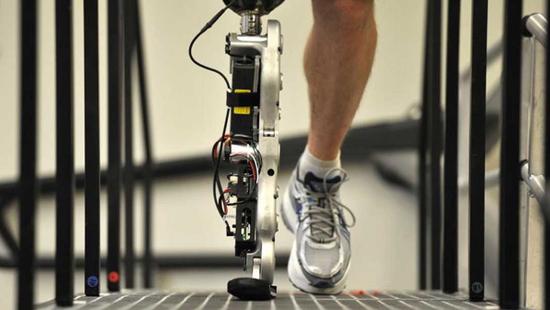
The idea of ​​controlling bionic limbs is the conversion of brain signals into body movements, also known as directional muscle repair (TMR), which was first used for upper limb prosthetics in 2003. The bionic legs controlled by thoughts and ideas were first developed in 2012 by Seattle software engineer Zac Vawter. It is reported that in 2009 his leg was amputated above the knee, which contributed to his invention of the bionic leg. Although the bionic limbs had appeared long ago, Vettel's prosthetics were revolutionary because it was the first artificial leg to use the TMR. According to foreign media reports, in 2012, Vettel successfully climbed 2,100 steps with his artificial leg at Willis Tower in Chicago, and this process took only 53 minutes and 9 seconds.
Bionic hand
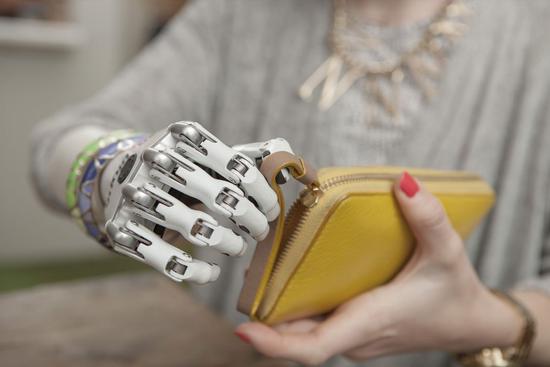
To date, the most sophisticated “prosthetic hand†developed by the bionics company BeBionic has attracted the most attention. It is reported that this bionic hand has an independent motor at each joint to support its independent movement. In addition, to assist with daily use, the company also set 14 pre-determined grip patterns. The highly sensitive motor will change the force and speed of the grip force in real time, and it is accurate enough for the user to hold an egg between the index finger and the thumb, and the strength can reach a weight of 45 kg. According to reports, this kind of bionic hand has been put into commercial use since 2010. Over the years, BeBionic has also been working on developing different versions of the bionics, constantly improving its battery life, flexibility, and software components.
Electronic eye
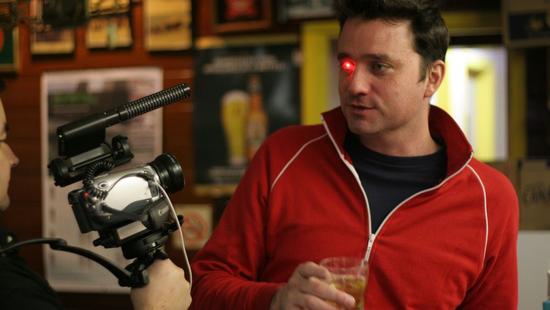
Toronto filmmaker Rob Spence suffered an accident when he was 9 years old, resulting in blindness in one of his eyes. With the help of the RF wireless design company and many technicians, he invented an eye-cam and decided to cut his already damaged eye and replace it with a fake eye. According to reports, this fake eye incorporates a camera that works like an ordinary camera. In this way, Spencer can record what he sees in everyday life. It is reported that this fake eye shell can accommodate enough electronic devices in a very small space. The camera can record up to 30 minutes of video content before power is exhausted. Spencer used his fake eyeball to capture the image and edited it into the documentary "Deus Ex: The Eyeborg Documentary." (Selected from: futurism compilation: NetEase See Compilation Robot Review: Matcha)
Pay attention to NetEase smart public number (smartman163), get the latest report of artificial intelligence industry.
Ningbo Autrends International Trade Co.,Ltd. , https://www.vapee-cigarettes.com
